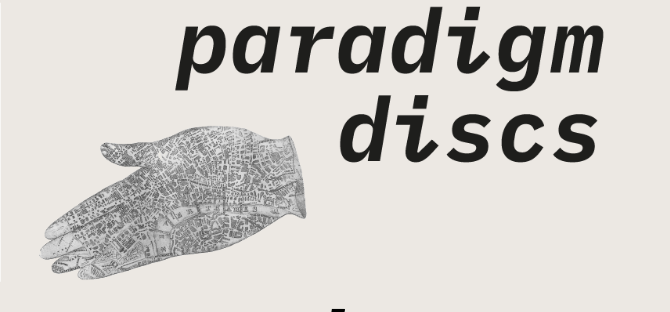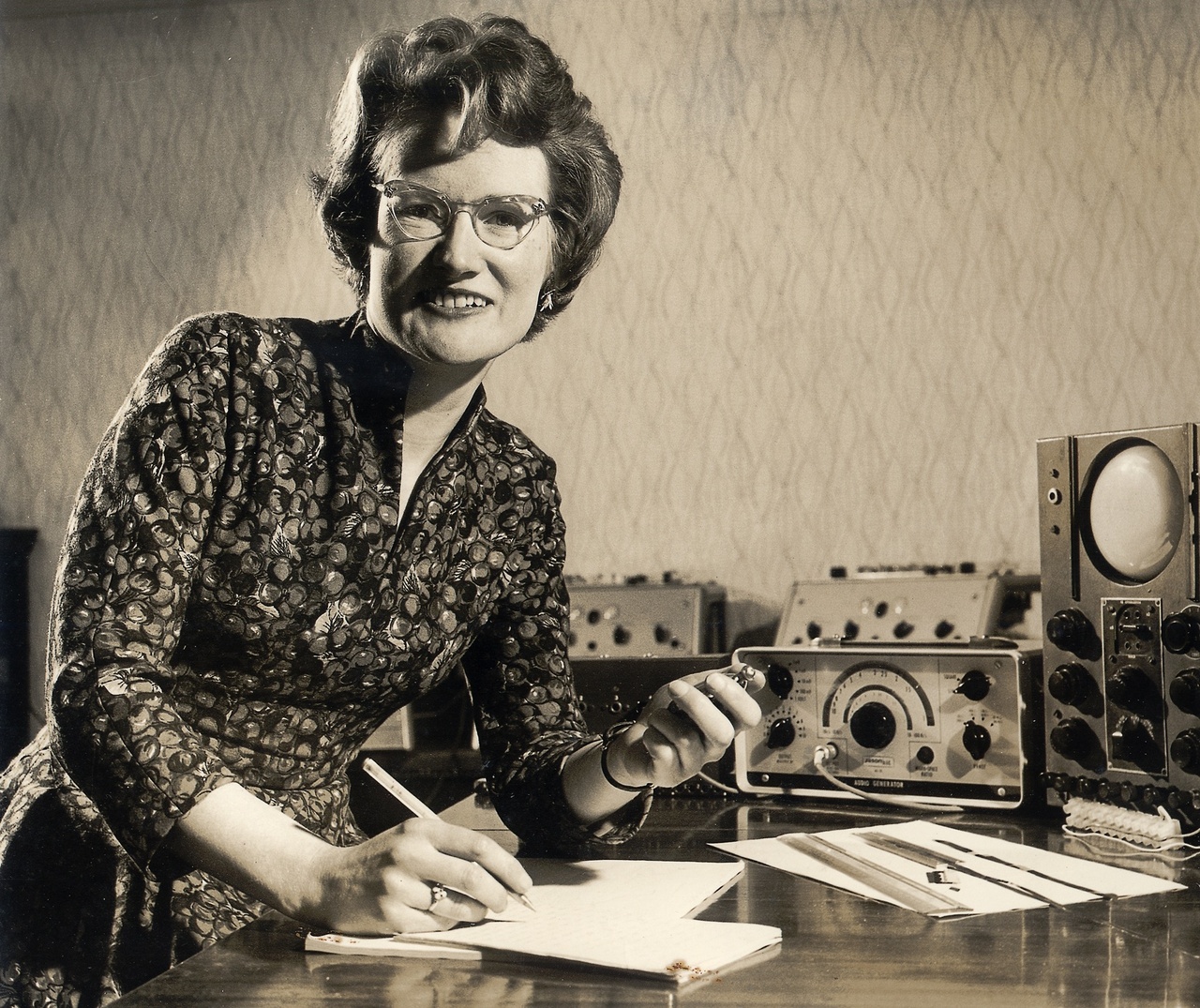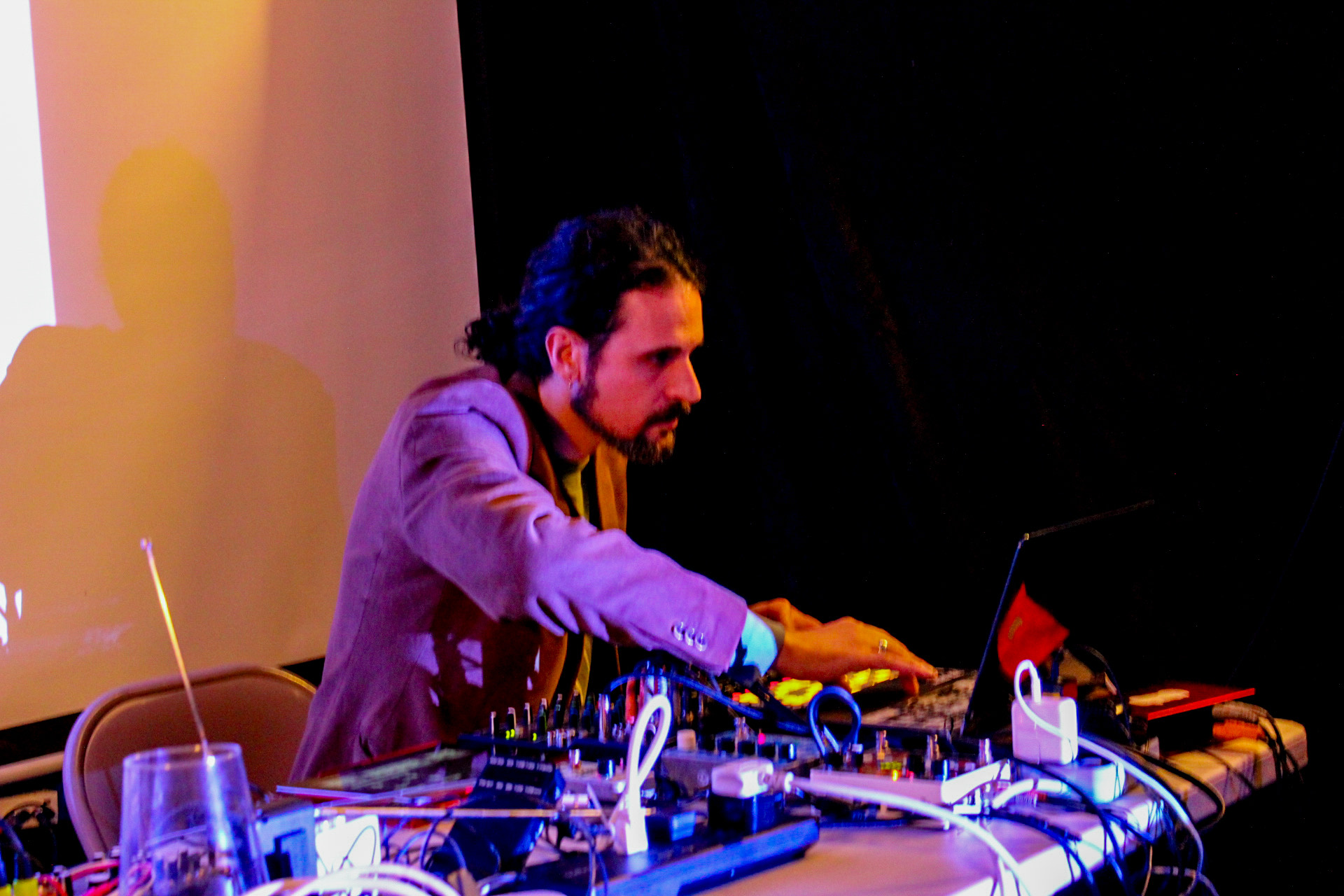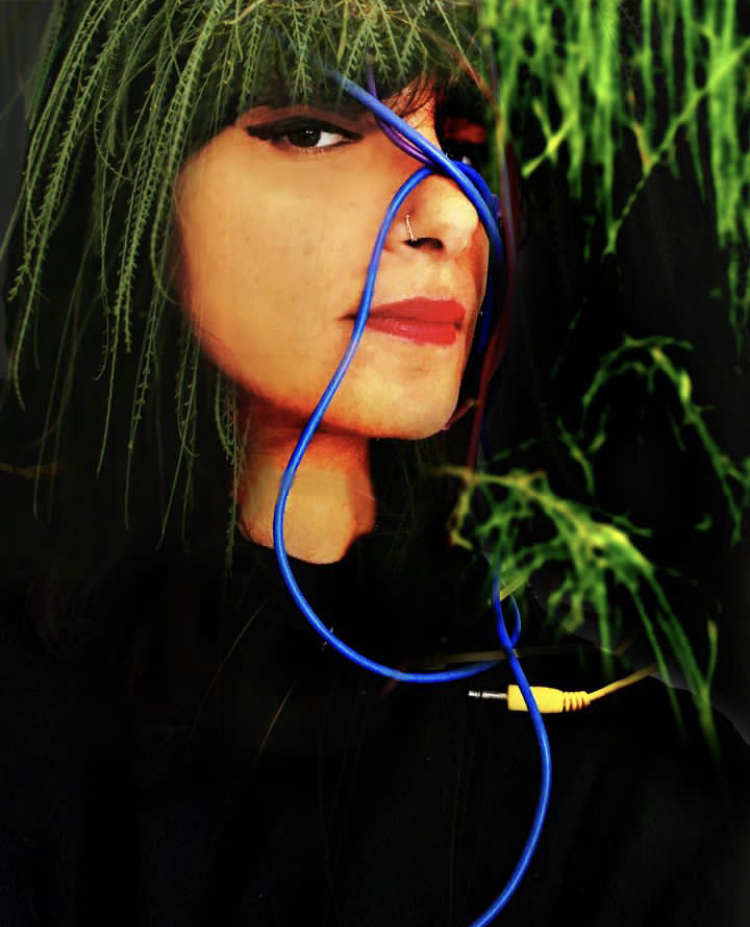October 30, 2025
Night 2 -
8pm
Bloc_1

1345 Ave. Lalonde, Montréal, QC H2L 5A9
Daphne Oram
Daphne Oram (1925–2003) was a pioneering British composer, engineer, and inventor who helped shape the foundations of electronic music. Best known as the co-founder of the BBC Radiophonic Workshop (1958) and the creator of the Oramics system, she was among the first to treat sound as a malleable, visual material rather than a product of traditional instruments.Born in Wiltshire, she declined a place at the Royal Academy of Music to join the BBC at seventeen, becoming one of its first female studio engineers. Fascinated by recording technology, she spent nights experimenting with tape, cutting, looping, and reversing sounds—independently developing techniques parallel to Pierre Schaeffer’s musique concrète. Her persistence led to the creation of the Radiophonic Workshop, but frustrated by its focus on producing radio sound effects rather than experimental art, she left in 1959 to establish her own studio in Kent.
There, she invented Oramics, a groundbreaking “drawn sound” system that translated hand-drawn shapes on 35mm film into electronic tones. For nearly two decades, Oram composed music for theatre, film, television, and advertising while refining her system. Works like Four Aspects (1960) and Broceliande (1969–70) reveal a visionary approach combining science and art.
Despite limited recognition in her lifetime, Oram’s influence has grown enormously. Modern composers view her as a trailblazer of sound synthesis and human–machine interaction. Her restored archives, the Oramics anthology, and the exhibition of her machine at London’s Science Museum now affirm her status as one of the most original and overlooked voices in the history of electronic music.
Program
Fours Aspects (1960) 8’06
Created a year after Oram resigned from the BBC Radiophonic Workshop in London, the experimental studio she’d co-founded and helped to design. Oram described Four Aspects as “a study in electronic tone colour from pure tones to abundant complexity… Electronic music specifically designed to be a simple bridge with conventional music”, with a simple A-B-A-coda form (the four aspects of the title) and tonic/dominant chords built upon lower frequencies of the harmonic series.
Akousma would like to thank


Credit : Brian Worth
Joseph Sannicandro (us)
Joseph Sannicandro is a writer and artist based in Montreal, focusing on creative laborand (un)popular culture, with a particular attention to sound. He is co-founder of themusic blog A Closer Listen, producer of the Sound Propositions podcast, and currently lectures in Media Studies at SUNY Purchase. Joseph’s musical compositions and sound art projects have been published by international labels, broadcast on community and internet radio stations, presented in festivals such as Montreal’s Suoni per il Popolo, and at galleries and museums including IKLEKTIK (London), Diagonale (Montreal), the Museodel Sannio (Benevento, Italy) and the Istanbul Cinema Museum.Program
al-rambla / Las Ramblas 20'
Comprised primarily of recordings of rivers, fountains, aqueducts, irrigation canals, and waterwheels in Granada (Andalucía) and Blanca (Murcia), al-rambla / Las Ramblas blurs boundaries between traditional and modern, rural and urban, Muslim and Christian, attending to the circulation of water as a means of challenging these supposed binaries. Field recordings made during a sound art residency at Centro Negra (AADK Spain).

Credit : Rachel Efruss
Rehab Hazgui (tn/ca)
Rehab Hazgui is a composer and sound artist. Her work explores ways of learning new forms of language through conscious listening and the relationships that beings maintain with their culture, heritage, society, and landscape, conceived as living and engaged participants. Her research investigates how sound emerges within dynamic landscapes whether biological, geophysical, or shaped by human transformations. Her practice focuses above all on the act of listening, understood as an experience that shapes our perception of space, nurtures our relationship to it, and reveals the profound engagement that hearing establishes with the world.Program
Chôra (premiere) 10’00”
Chôra explores sound as a perceptive matrix, a receptive space in which sonic phenomena emerge without ever being fully contained. The installation unfolds continuously evolving soundscapes that leave traces in the listener’s memory while shaping their perception of space and time. Each sequence functions as a fleeting imprint, revealing how listening brings presence into being and structures our relationship to the world. The work highlights the tension between place and what manifests within it, between memory and perception, emphasizing that sound, like Chôra, is both the condition for and the revelation of sensible experience. This work has been conceived exclusively for Akousma.
